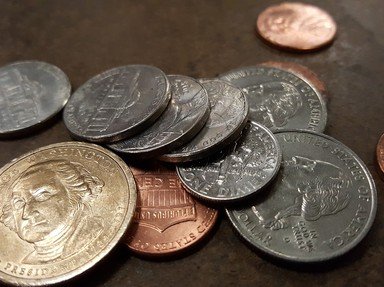Quiz Answer Key and Fun Facts
1. U.S. currency has a long list of nicknames, including buck, sawbuck, and semoles to name a few. What type of note is considered to be the first currency to be called a "greenback"?
2. What 1863 law was signed by President Lincoln in an attempt to create a uniform national currency, as well as a strong national banking system?
3. The $2 Note features a portrait of Thomas Jefferson on the front. Depending on the series however, the reverse side of the note depicts either a vignette of the signing of the Declaration of Independence, or what famous estate?
4. As of 2005, U.S. paper currency is produced in what denominations?
5. What is the largest denomination of currency the Bureau of Engraving and Printing (United States) has ever produced?
6. The Legal Tender Act of 1862 authorized the use of what type of note as the United States' first national currency?
(hint: the note carried a red seal and serial number)
7. In what year did the Treasury announce that they would immediately stop distributing currency in denominations exceeding $100, due to advancements in secure transfer technologies?
8. Automobiles are depicted on what denomination of U.S. currency?
9. The Federal Reserve Act of 1913 authorized the production of Federal Reserve Notes. The seals and serial numbers on these notes appear in what color?
10. On the reverse of the one dollar bill, the phrase "ANNUIT COEPTIS" translates to English as "He (God) has favored our undertakings". What is the English translation of the second phrase; "NOVUS ORDO SECLORUM"?
Source: Author
walkabout
This quiz was reviewed by FunTrivia editor
ozzz2002 before going online.
Any errors found in FunTrivia content are routinely corrected through our feedback system.

